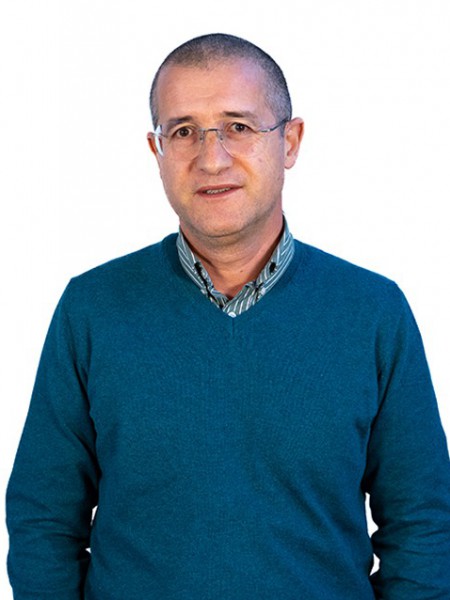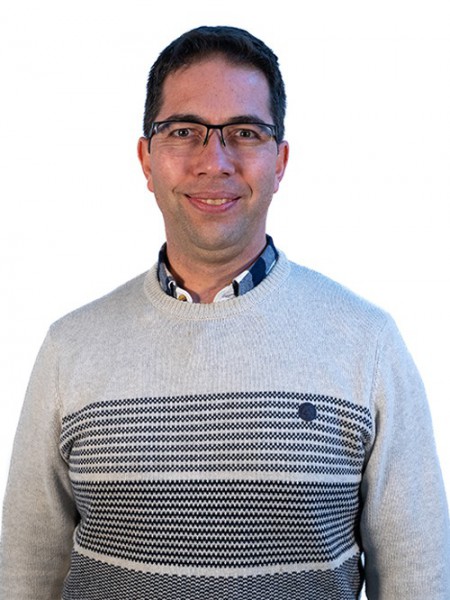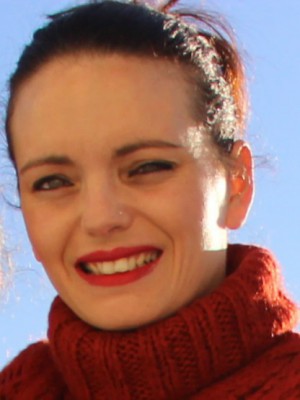abstract
Nanobiotechnology has emerged as a fundamental domain in modern science, and metallic nanoparticles (NPs) are one of the largest classes of NPs studied because of their wide spectrum of possible applications in several fields. The use of plant extracts as reducing and stabilizing agents in their synthesis is an interesting and reliable alternative to conventional methodologies. However, the role of the different components of such extracts in the reduction/stabilization of metal ions has not yet been understood clearly. Here we studied the behavior of the main components of a Eucalyptus globulus Labill. bark aqueous extract during metal-ion reduction followed by advanced chromatographic techniques, which allowed us to establish their specific role in the process. The obtained results showed that phenolic compounds, particularly galloyl derivatives, are mainly responsible for the metal-ion reduction, whereas sugars are essentially involved in the stabilization of the NPs.
keywords
PLANT-MEDIATED SYNTHESIS; SILVER NANOPARTICLES; GOLD NANOPARTICLES; ANTIBACTERIAL ACTIVITY; PHENOLIC-COMPOUNDS; MASS-SPECTROMETRY; POLAR EXTRACTS; HPLC-ELSD; BIOSYNTHESIS; BARK
subject category
Chemistry; Science & Technology - Other Topics
authors
Santos, SAO; Pinto, RJB; Rocha, SM; Marques, PAAP; Neto, CP; Silvestre, AJD; Freire, CSR
our authors
acknowledgements
This work was financed by FEDER funds by Programa Operacional Factores de Competitividade-COMPETE and by national funds by Fundacao para a Ciencia e Tecnologia (FCT) within the CICECO project FCOMP-01-0124-FEDER-037271 (Ref. PEst-C/CTM/LA0011/2013). The authors further wish to thank the FCT for postdoctoral grants to S.A.O.S. (SFRH/BPD/84226/2012) and R.J.B.P. (SFRH/BPD/89982/2012) and for funding from TEMA (PEst-C/EME/UI0481/2013) and QOPNA (PEst-C/QUI/UI0062/2013). C. S. R. F. and P. A. A. P. M. also acknowledge the FCT/MCTES for a research contract under the Program Investigador FCT 2012 and 2013, respectively. Microscopy was supported by the Rede Nacional de Microscopia Eletronica (RNME-Pole UA FCT) project REDE/1509/RME/2005.






